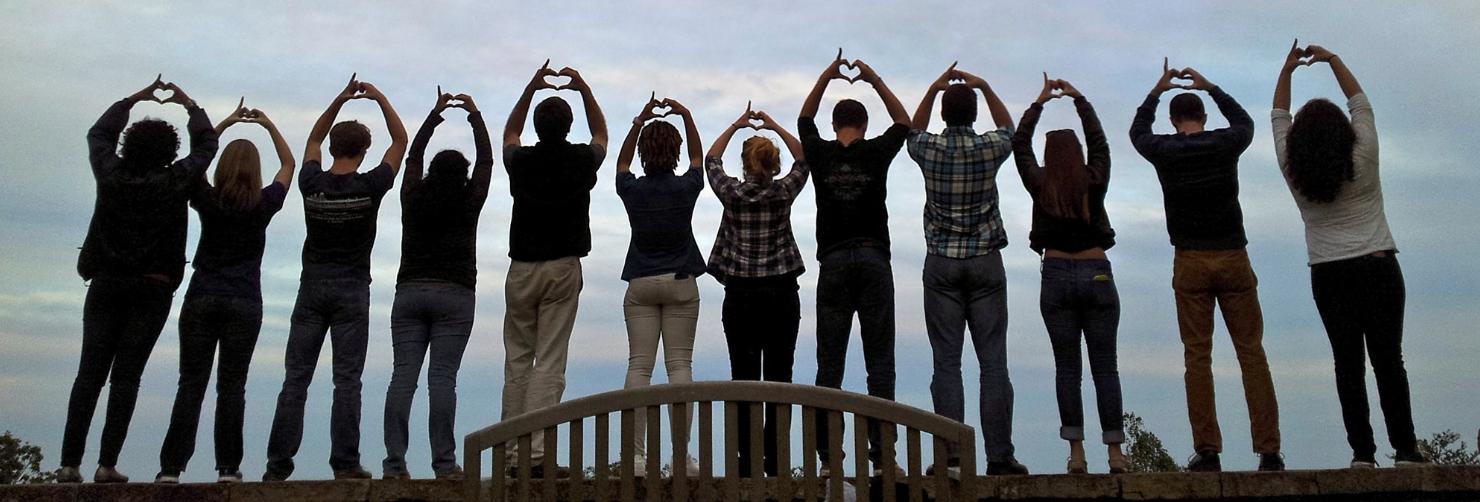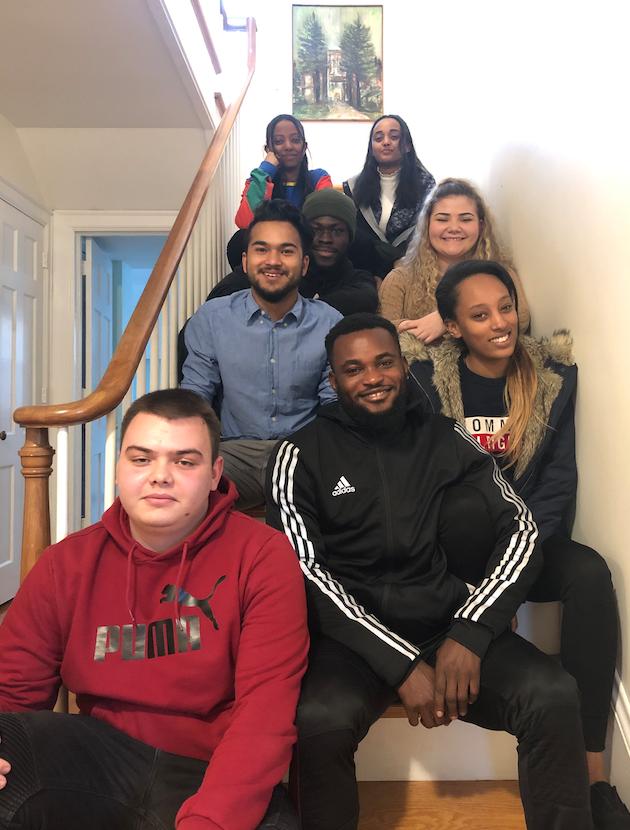T H E C O R E L L A & B E RT R A M F. B O N N E R F O U N DAT I O N
Introduction This report showcases the findings from the 2018-2019 implementation of the Bonner Student Impact Survey across a national network of 65 institutions. Since 1990, the Bonner Program has provided colleges and institutions with a viable model for supporting college access for diverse, low-income students. Integrated into the work-study and scholarship of their financial aid packages, this cohort-based program enables Bonner students to participate in a rigorous, developmental progression of community engagement which is reinforced with regular training, education, and reflection. The Bonner Program has also helped campuses integrate community engagement campus-wide by providing a variety of models for scaffolded learning in both curricular and co-curricular student life, with student leadership as a core feature. Between 2000 and 2010, the Bonner Foundation carried out its first longitudinal Student Impact Survey and Bonner Alumni Survey. Guided by the expertise of researchers Cheryl and Jim Keen, and later Kelly Hall, Julie Hatcher, and Dan Richard, the Bonner Foundation confirmed that the four-year Bonner Scholars Program model had significant positive impacts on student development and learning during college, as well as for our alumni’s post-graduate success and well-being. Between 2000-2008, Bonner Student Impact Surveys were implemented during the first year, mid-point, and senior year across 25 institutions who collectively enrolled 1,500 Bonner Scholars annually. In 2010, in light of the program’s 20th Anniversary, more than 3,500 alumni participated in the Alumni Survey. These assessments pointed to key findings, instructive for the Foundation and continuous improvement: •
The four-year co-curricular program enhances student success in college, student leadership development, and lifelong civic responsibility. The four-year program structure, cohorts, “dialogue across difference,” campus diversity (the more diverse, the stronger impact), and mentoring are key factors in the program’s success.
•
Alumni often stayed civically involved. Many alumni had pursued a year of full-time service after graduation, working with AmeriCorps programs (like City Year or Teach for America) or faith-based programs (like Jesuit Volunteer Corps). A remarkable 31% worked in the government sector, and another 34% had chosen nonprofit sector jobs. Nearly a quarter were teachers. One third of alumni believe that Bonner Program gave them advantage in finding a career. Additionally, 90% of alumni had voted in the prior November election, much higher than the national average for their age group.
2







